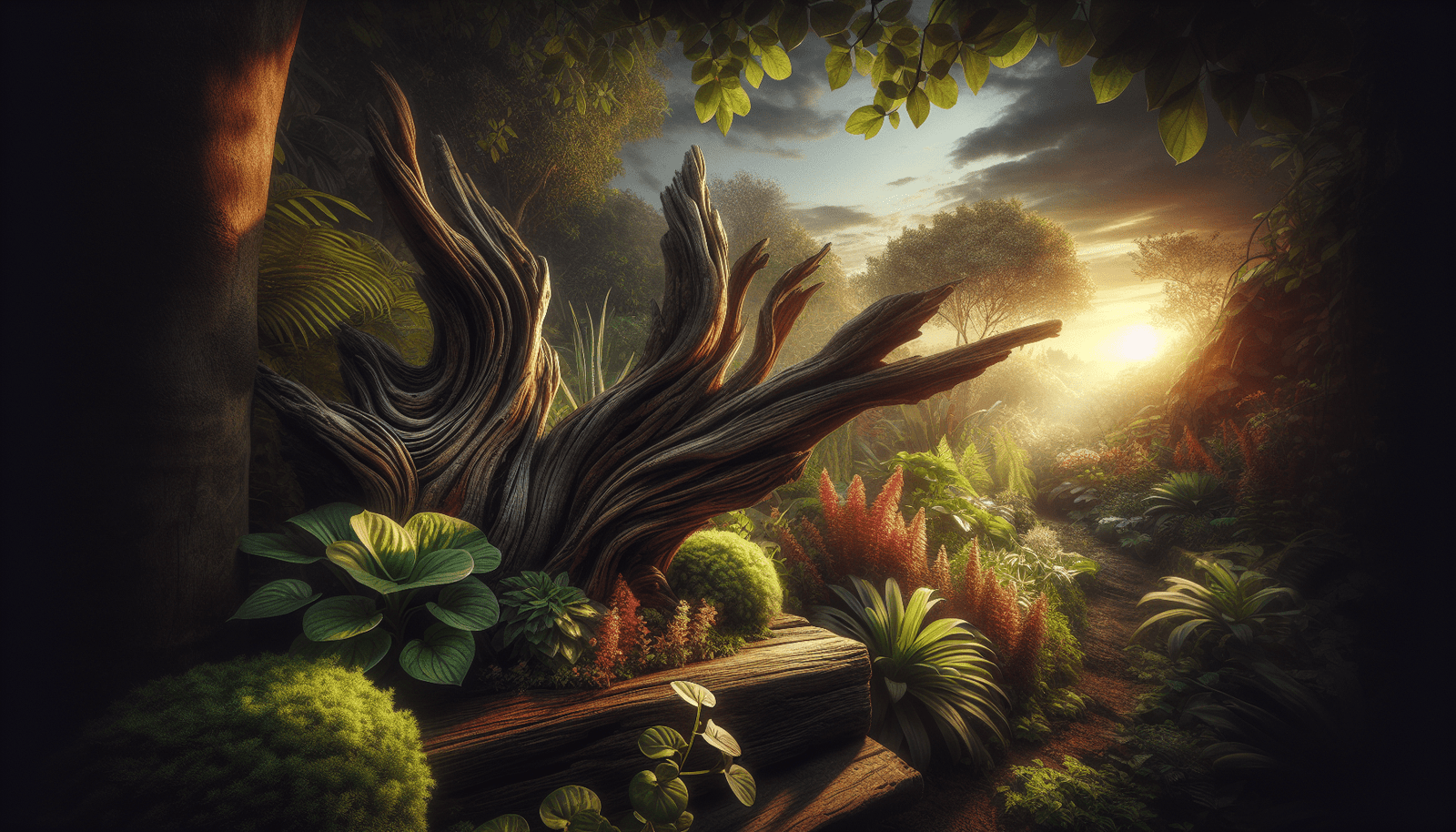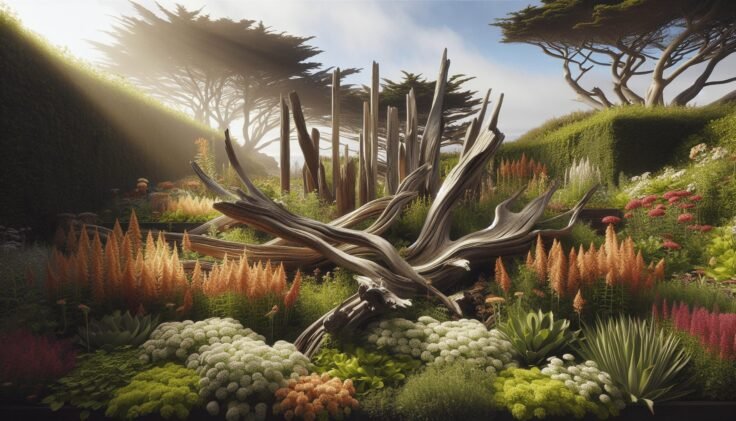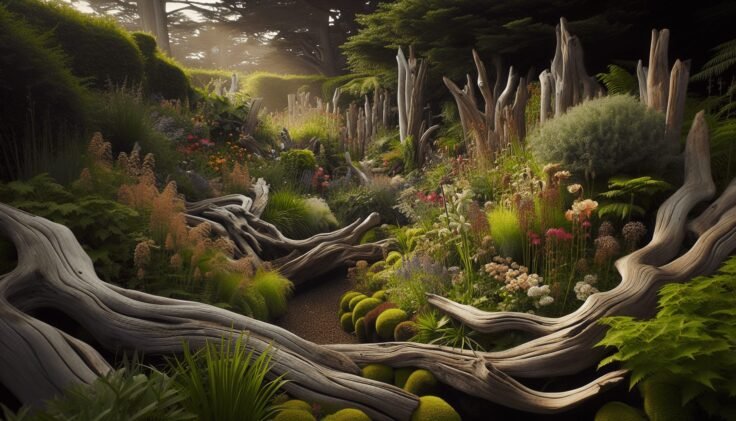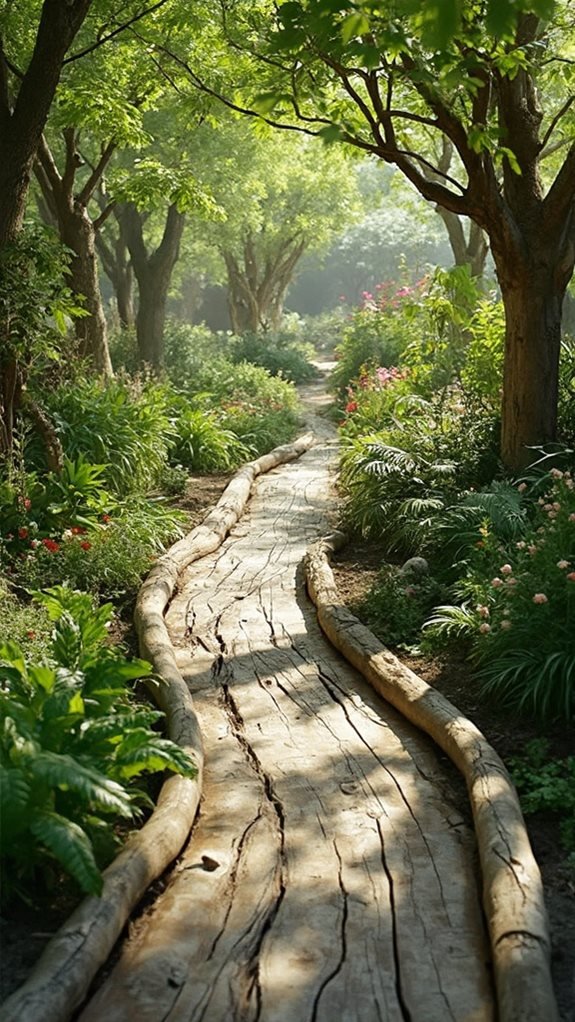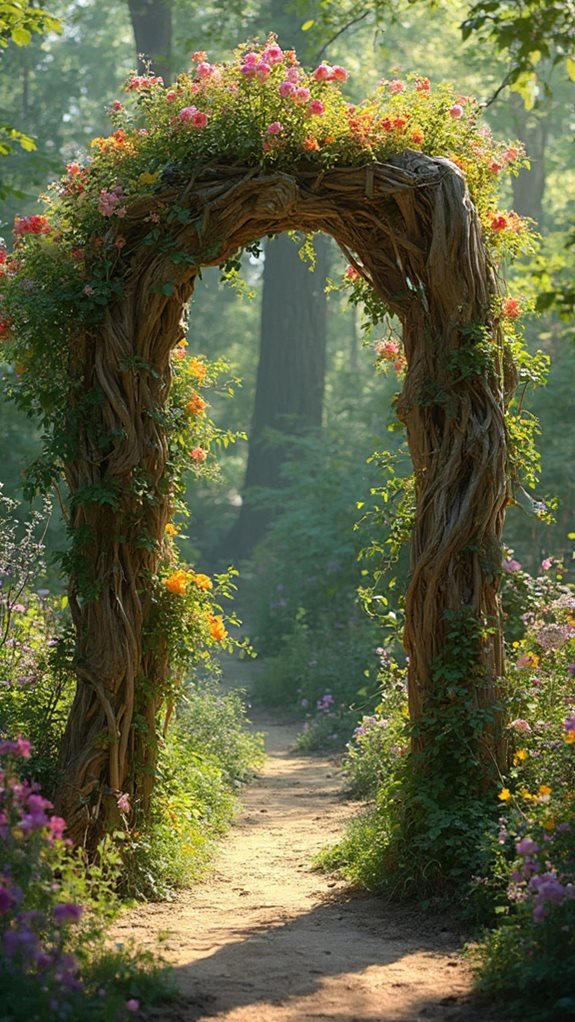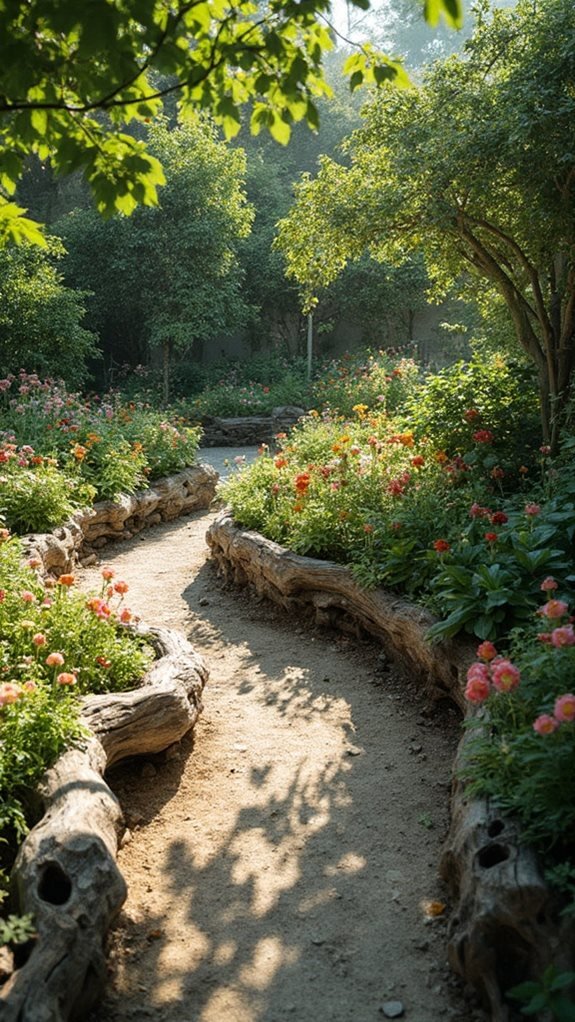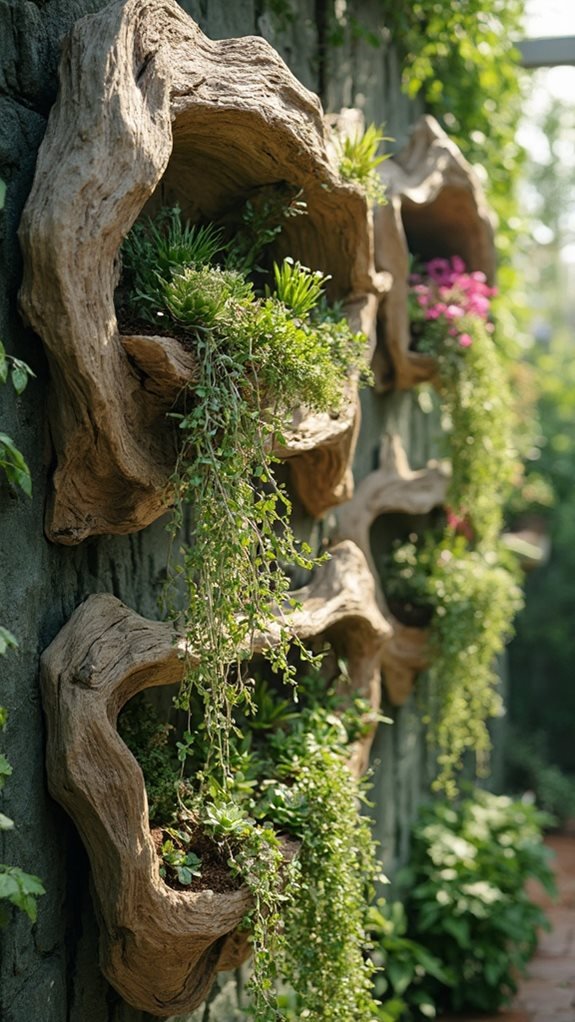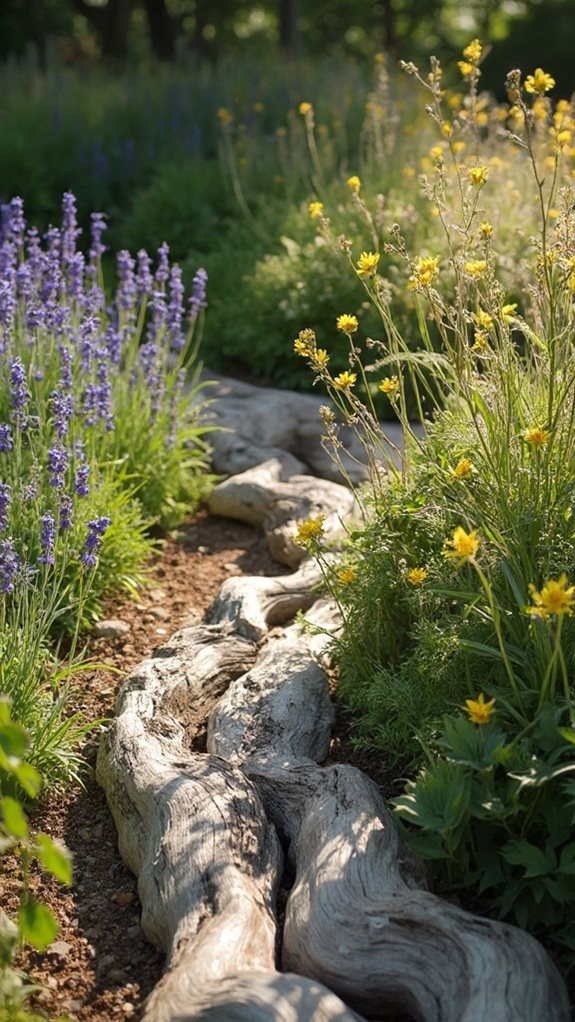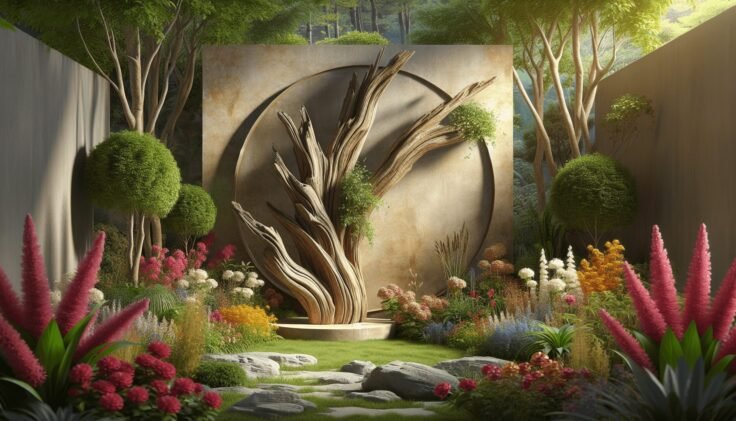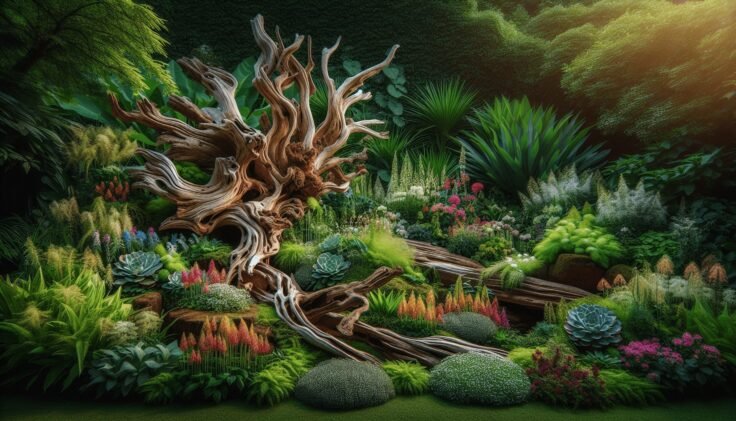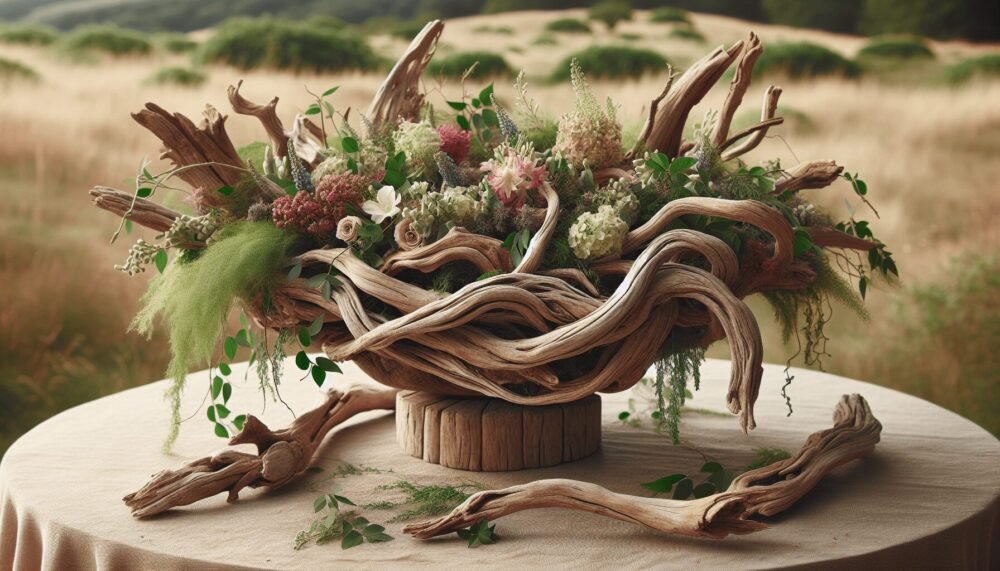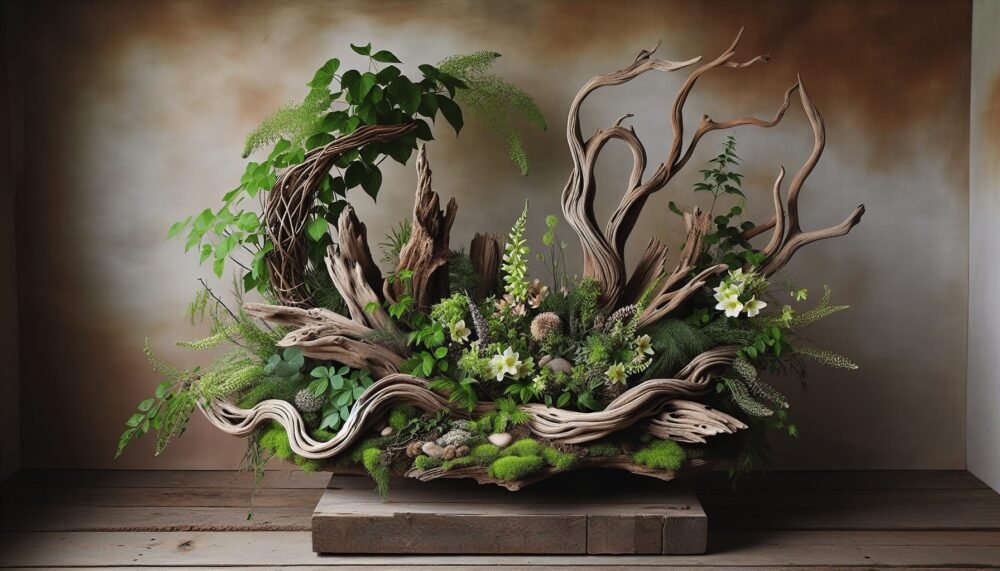Have you ever wondered about the gentle harmony that a set of driftwood mobile wind chimes can bring to your home or garden? Imagine the subtle caress of the wind as it passes through the carefully crafted pieces of driftwood, creating a soothing melody that calms the soul and invigorates the senses. These chimes aren’t just musical instruments; they are works of art that bring nature’s essence directly to your space. Let’s explore how these beautiful creations can enhance your environment.

What Makes Driftwood Mobile Wind Chimes Unique?
Driftwood mobile wind chimes are not just ordinary decorative items; they represent a synthesis of art and nature. What makes them truly stand out is the material itself. Driftwood, as the name suggests, is wood that has been washed onto shore by the action of the sea, lakes, or rivers. This wood, naturally polished by the elements, has a unique texture and appearance that cannot be replicated by synthetic means.
The Natural Appeal of Driftwood
Driftwood’s allure comes from its natural origins. Each piece is a unique creation, having been shaped by wind, water, and time. The weathered appearance, with its organic shapes and textures, adds a rustic charm. Using driftwood as a material for wind chimes ensures each chime is unique, as no two pieces of driftwood are alike.
Environmental Benefits
Utilizing driftwood for creating wind chimes is an environmentally friendly practice. It recycles natural materials that have reached the end of their life cycle in the water. By crafting these materials into beautiful and functional art pieces, we give them a new purpose, reducing the need for processed and synthetic materials.
Crafting Driftwood Mobile Wind Chimes
The process of crafting driftwood mobile wind chimes is an art form that involves both creativity and patience. It requires an understanding of not only the aesthetic aspects of design but also the acoustic properties necessary to produce pleasing sounds.
Selecting the Right Driftwood
The selection process is critical. Not all driftwood pieces will make the best wind chimes. When choosing pieces, consider their size, density, and the sound they produce when they collide. Harder types of driftwood can produce clearer, brighter sounds, while softer woods might produce more muted tones.
Designing the Composition
Designing a driftwood mobile wind chime involves thoughtful arrangement. The pieces must be balanced to allow free movement. This balance is both visual and tonal, as you want an arrangement that is pleasing to the eye and harmonious to the ear. Symmetry is often key, but asymmetrical designs can also be effective, offering an eclectic, artistic touch.
Craftsmanship and Assembly
The craftsmanship is where creativity meets skill. Assembling the pieces to form a coherent structure requires precision. Strong, durable threads or wires are typically used to connect the driftwood pieces. The key is to ensure they allow for enough movement to create sound, yet are secured enough to withstand outdoor elements.
Acoustic Considerations
The sound quality of wind chimes hinges greatly on the way the materials are strung together. Different lengths, densities, and placements will affect the pitch and tone of the chime. Experiment with various setups to achieve the desired sound profile.
Enhancing Your Space with Driftwood Mobile Wind Chimes
Once crafted, these delightful objects have the power to transform a space. Whether indoors or outdoors, they offer an auditory and visual experience that enhances tranquility and beauty.
Outdoor Spaces
In gardens, courtyards, or on patios, driftwood mobile wind chimes bring life and movement. Placed in a spot with enough wind flow, they add a dynamic and organic element to your green spaces. They provide a gentle soundtrack to your outdoor activities or a relaxing background while you unwind.
Indoor Ambience
Inside the home, driftwood chimes serve as captivating art pieces. They add texture and interest to a room, sometimes acting as a focal point or integrated into the overall decor theme. Near windows or doorways where air currents can activate them, they perform their gentle dance as soft music fills the room.
Caring for Your Driftwood Mobile Wind Chimes
To ensure your driftwood mobile wind chimes remain as lovely and functional as the day you acquired them, proper care is essential.
Protecting from the Elements
If placed outdoors, consider the potential damage from intense weather conditions. Prolonged exposure can alter the wood, affecting its appearance and sound. During adverse weather, consider placing them in a sheltered area or bring them indoors.
Regular Cleaning
Routine cleaning can preserve the beauty of driftwood chimes. Use a soft brush to dust off any accumulation on the wood or strings. If necessary, a mild soap solution can be applied for deeper cleaning, followed by thorough drying.
Maintenance of Components
Check the integrity of strings or wires from time to time. Exposure to weather can weaken these components, so replacing them when signs of wear appear will help maintain the chime’s functionality.
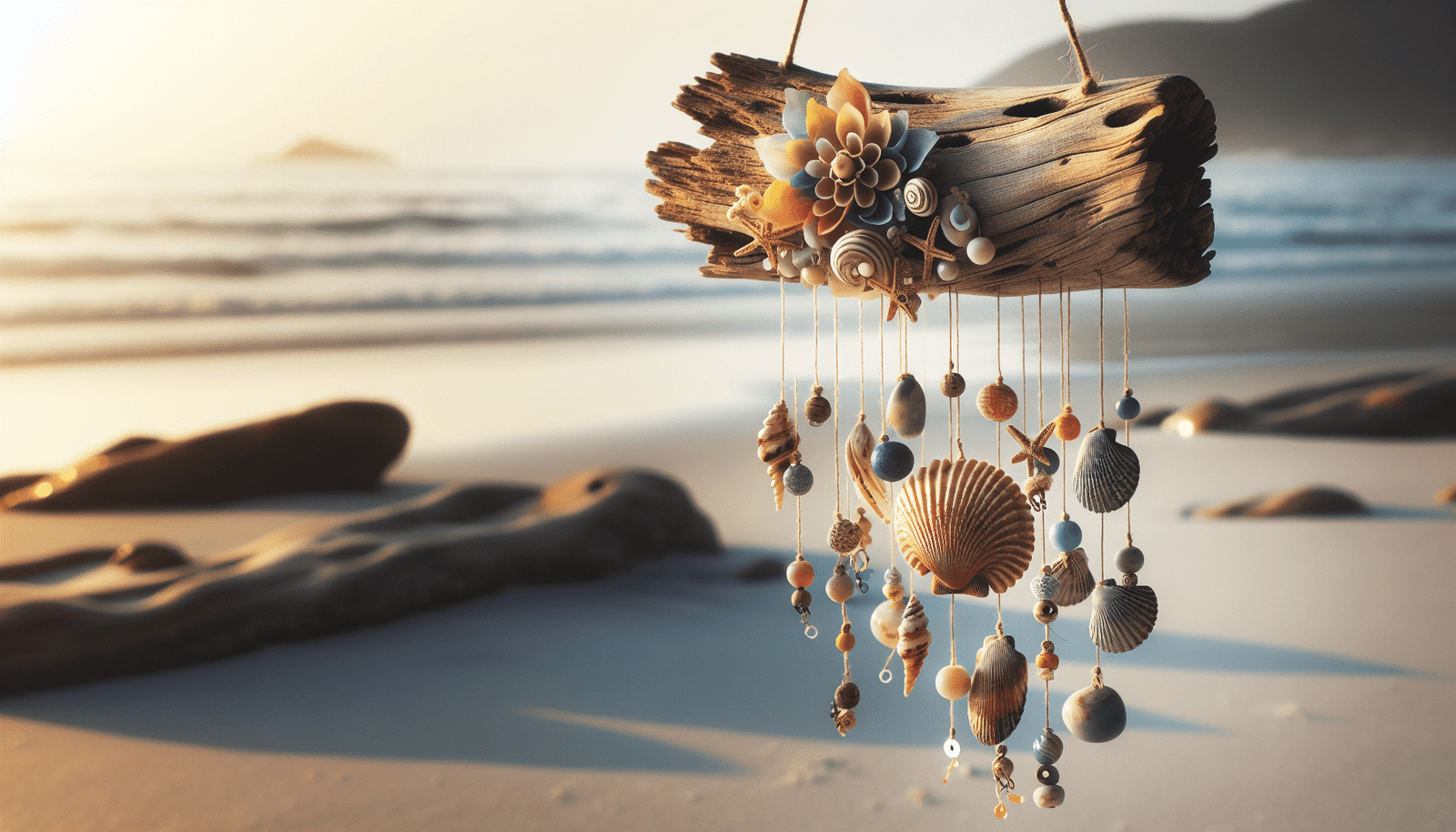
The Cultural and Symbolic Significance
Wind chimes hold a special place across various cultures throughout history. They carry aesthetic and spiritual significance that varies from one culture to another, enhancing the richness of their appeal.
Feng Shui Harmonization
In Feng Shui, wind chimes are often used to manipulate energy flows, or “chi”. Proper placement can encourage positive energy, fortune, and health in a home. Driftwood, due to its natural origins, can further enhance these qualities, bringing a calming and grounding energy.
Symbol of Tranquility
Across many cultures, wind chimes symbolize peace and tranquility. Their gentle sounds are linked with meditative practices and can help create a serene atmosphere conducive to reflection and relaxation.
Personalizing Your Driftwood Mobile Wind Chimes
While driftwood mobile wind chimes offer beauty and charm on their own, personalizing them allows for even deeper connection and creativity.
Customizing with Additional Elements
Consider incorporating other natural elements such as shells, stones, or crystals to add unique touches. These components can bring additional texture, color, and symbolism to the chimes.
Personal Symbolism
Incorporating personal symbols or small trinkets can transform your wind chime into a reflection of your personal story. Perhaps a small bell or charm with significant meaning can enhance its emotional resonance.
Family and Community Projects
Creating driftwood mobile wind chimes can also be an enriching group activity. Involving family or community members in the assembly process can create shared memories and result in a cherished piece that symbolizes collective creativity.
Conclusion
Driftwood mobile wind chimes are more than auditory decorations; they are embodiments of nature’s elegance, offering aesthetic beauty and peaceful sounds. By understanding their unique characteristics, crafting methods, and cultural significance, you can deepen your appreciation and move towards incorporating these delightful works of art into your life. Through care, personalization, and thoughtful placement, you bring a piece of nature’s music into your space, enhancing not only the aesthetics but also the spiritual ambiance of your surroundings.
Next time the gentle breeze passes through your driftwood mobile wind chimes, take a moment to pause and enjoy the simple yet profound joy that they can bring, reminding you of the artful dance between nature and sound.
